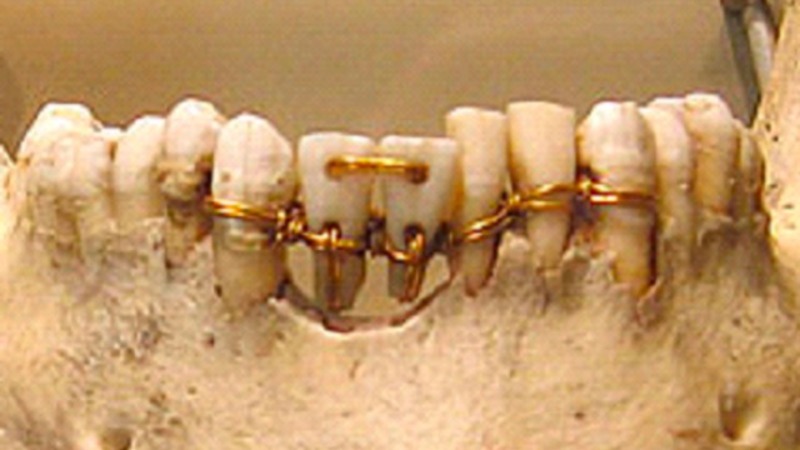Dental implants are a modern-day wonder of dentistry, offering a permanent answer for missing enamel.
While they may appear like a latest innovation, the idea of dental implants has been round for hundreds of years.
In this text, we can explore the evolution of dental implants from historic times to the superior era used today.
Ancient Beginnings
The records of dental implants can be traced lower back to historic civilizations which include the Egyptians, Phoenicians, and Mayans.
These cultures used diverse materials to replace lacking tooth, which include shells, stones, and metals.
One of the earliest examples of dental implants comes from historical Egypt, where archaeologists have found mummies with teeth replaced by treasured metals like gold and silver.
Whether you’re due for a regular check-up or require more extensive treatment, Cumberland Dental is equipped to meet your dental needs with expertise and compassion.
These early attempts at dental implants were rudimentary as compared to modern techniques however demonstrated an early knowledge of the significance of enamel substitute.
Early Modern Developments
The modern records of dental implants began in the 18th century with the discovery of osseointegration, the procedure through which an implant fuses with the jawbone.
In 1809, the first recorded strive at the use of a dental implant become made through Josiah Flagg, who implanted a enamel into the mouth of a affected person the use of a gold cord.
While Flagg’s try was unsuccessful, it laid the groundwork for future advancements in dental implant technology.
In the 20th century, the field of dental implants saw huge development thanks to the work of Swedish orthopedic healthcare professional Per-Ingvar Brånemark.
In the Fifties, Brånemark located osseointegration at the same time as carrying out research on bone healing and blood flow. He observed that titanium could bond with bone tissue, leading to the development of current dental implants.
Brånemark’s Contributions
In 1965, Brånemark located the primary titanium dental implant into a human volunteer, marking a first-rate milestone within the subject of dental implantology.
Over the years, Brånemark’s paintings revolutionized the field, and titanium dental implants became the standard for enamel replacement.
Advancements in Modern Dental Implants
Since Brånemark’s groundbreaking work, dental implant technology has persisted to conform. Today, dental implants are crafted from lots of materials, which includes titanium and zirconia, that are biocompatible and capable of osseointegration. These materials are sturdy, long lasting, and may remaining a life-time with right care.
Types of Dental Implants
There are several kinds of dental implants available nowadays, which include endosteal implants, that are positioned at once into the jawbone, and subperiosteal implants, that are placed below the gum but above the jawbone. The form of implant used depends at the affected person’s particular wishes and the situation of their jawbone.
Technological Advances
Advancements in technology have further progressed the achievement rate and efficiency of dental implant approaches.
Computer-aided layout (CAD) and pc-aided manufacturing (CAM) technologies permit for the best making plans and location of implants, reducing the hazard of headaches.
Conclusion
The evolution of dental implants from ancient times to modern technology is a testament to human ingenuity and the quest for innovation in medicine.
What started as rudimentary attempts to replace missing teeth with shells and stones has evolved into a sophisticated and highly effective solution using biocompatible materials like titanium and zirconia.
Thanks to pioneers like Per-Ingvar Brånemark, who discovered the process of osseointegration, dental implants have become a standard of care for tooth replacement.
Today, dental implant technology continues to advance, with ongoing research focusing on improving materials and techniques for even better outcomes.
